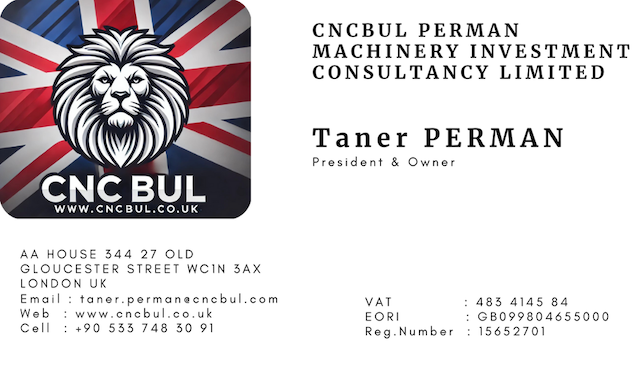12/08/2024
How to Create A BACKUP of Your CNC DATA?
Creating a backup of your CNC data is crucial to ensure that your programs, machine settings, and other vital information are secure and can be restored in the event of a failure or data loss. Here’s a step-by-step technical guide to creating a backup of your CNC data:
1. Identify the Data to be Backed Up
- NC Programs: These are the part programs written in G-code or other machine languages.
- Machine Parameters: Include machine-specific settings such as axis limits, tool offsets, calibration data, and more.
- Tool Libraries: Information about the tools used, including dimensions, offsets, and materials.
- Macro Programs: Custom macro programs stored in the machine.
- System Files: Configuration files that may include startup settings, communication protocols, and more.
- User Files: Any other user-created files or documentation stored on the CNC machine.
2. Choose the Backup Medium
- USB Flash Drive: Commonly used due to its portability and ease of use.
- External Hard Drive: Offers larger storage capacity and can be used for regular backups.
- Network Storage (NAS): Centralized storage that can be accessed by multiple machines, offering automated backup features.
- Cloud Storage: Provides offsite storage and remote access, with automated backup capabilities.
3. Establish a Backup Schedule
- Frequency: Determine how often backups should be made. For critical operations, daily backups might be necessary; for others, weekly or monthly might suffice.
- Automated Backups: If using network or cloud storage, configure the system to perform automated backups at scheduled intervals to reduce the risk of human error.
4. Backup Process
- Access the CNC Control Panel:
- Enter the machine’s control interface.
- Navigate to the data management or program transfer section.
- Select Data for Backup:
- Choose the files or parameters you wish to back up.
- Some CNC machines allow you to select entire directories or specific file types.
- Connect the Backup Medium:
- Insert the USB drive or connect the external hard drive to the CNC machine’s USB port.
- If using network or cloud storage, ensure the machine is connected to the network.
- Transfer Data:
- Select the “Backup” or “Export” option on the CNC machine’s interface.
- Choose the destination (USB, external drive, network location, or cloud).
- Initiate the transfer. The machine will copy the selected data to the chosen backup medium.
- Verify the Backup:
- After the transfer is complete, check the backup medium to ensure all files have been correctly copied.
- Verify that the data is accessible and that files are not corrupted.
5. Store the Backup Securely
- Label the Backup: Clearly label the backup medium with the date and contents to avoid confusion.
- Store Offsite: For added security, store a copy of the backup offsite or in a fireproof safe to protect against physical damage or theft.
- Maintain Redundancy: Keep multiple copies of backups in different locations to prevent data loss.
6. Test the Backup Regularly
- Periodically test your backups by restoring them to a test environment to ensure that the data is intact and the restore process works as expected.
7. Update the Backup Process
- Regular Review: Periodically review and update your backup process to adapt to changes in the CNC system, software updates, or changes in data volume.
- Documentation: Keep a record of the backup procedures, schedules, and locations of backups. This documentation should be easily accessible to operators and IT personnel.
8. Use Backup Software (Optional)
- Some CNC environments may allow the use of third-party backup software that can automate and streamline the process, including version control, encryption, and compression of backup data.
9. Consider Data Encryption
- Encrypt your backup data, especially if stored on network drives or in the cloud, to protect sensitive information from unauthorized access.
10. Disaster Recovery Planning
- Develop a disaster recovery plan that includes clear steps for restoring CNC data from backups in case of hardware failure, accidental deletion, or other catastrophic events.
By following these steps, you can ensure that your CNC data is properly backed up, secure, and ready to be restored when needed. Regular backups are a critical part of maintaining the integrity and continuity of CNC operations.


